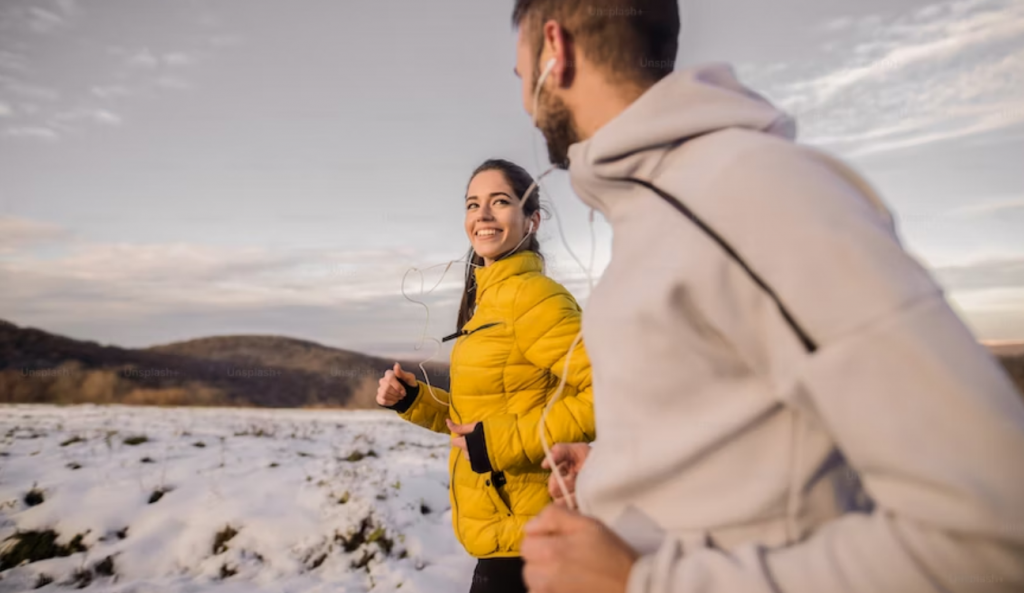
Dressing for Winter Workouts without Sacrificing Performance
Introduction
Winter doesn’t have to be a season of inactivity for fitness enthusiasts. With the right approach and gear, you can continue your workouts even in cold weather. However, exercising in winter requires thoughtful preparation to stay comfortable, safe, and maintain optimal performance. This article will guide you through the process of dressing for winter workouts without sacrificing performance, ensuring you can keep moving and stay on track with your fitness goals.
Understanding the Importance of Winter Workouts
As the temperature drops, many people tend to reduce physical activity or stay indoors. However, maintaining a consistent exercise routine during winter brings numerous benefits. Winter workouts can boost your mood, improve cardiovascular health, strengthen your immune system, and help you manage weight gain associated with colder months.
The Challenges of Exercising in Cold Weather
Exercising in cold weather presents unique challenges, such as the risk of hypothermia, frostbite, and reduced flexibility. Additionally, cold air can irritate the lungs and airways, making breathing more challenging during intense workouts. Understanding these challenges is crucial for preparing adequately.
Layering Up: The Basics
Layering is the key to staying comfortable and warm during winter workouts. The layering system consists of three layers: base, mid, and outer layers. Each layer serves a specific purpose in regulating body temperature and moisture management.
Choosing the Right Base Layer
The base layer is the first line of defense against the cold. It should effectively wick moisture away from your skin and keep you dry. Consider materials like merino wool or synthetic fabrics for optimal moisture control and insulation.
Insulating with Mid-Layers
The mid-layer provides additional insulation to retain body heat. Fleece jackets and down vests are popular choices for mid-layers. They should be breathable to prevent overheating during high-intensity workouts.
Weather-Resistant Outerwear
The outer layer protects you from wind, rain, and snow. Look for waterproof and windproof materials to keep the elements at bay while allowing moisture to escape from the inside.
Don’t Forget the Legs: Bottom Layering
Layering for your lower body is equally important. Thermal leggings or running tights are excellent base layers for your legs. Add an insulating layer and finish with weather-resistant pants for maximum protection.
Protecting Your Extremities
Extremities like hands, feet, and head are more susceptible to cold-related injuries. Invest in quality gloves, thermal socks, and a beanie or balaclava to keep these areas warm.
Finding the Right Winter Footwear
Footwear is a critical aspect of winter workouts. Choose shoes with good traction, water resistance, and insulation to keep your feet warm and stable on various terrains.
Accessories for Added Comfort and Safety
Certain accessories can enhance your winter workout experience. Items like ear warmers, neck gaiters, and hand warmers offer added comfort, while reflective gear improves visibility in low-light conditions.
Staying Visible in Low-Light Conditions
Winter days are shorter, and you might find yourself exercising in low-light conditions. Wearing reflective clothing or using wearable LED lights ensures that you remain visible to drivers and other pedestrians.
Adjusting Your Winter Workout Routine
Winter workouts may require some adjustments to account for the colder weather. Consider warming up indoors, shortening your outdoor sessions, or focusing on indoor activities like strength training or yoga.
Preparing for Indoor Workouts
For days when outdoor workouts are not feasible, having an indoor workout plan is essential. Set up a comfortable space at home or consider joining a gym to maintain consistency in your fitness routine.

Conclusion
Dressing for winter workouts doesn’t have to be a challenge. With the right layering strategy and appropriate gear, you can stay warm, comfortable, and safe while continuing to exercise during the colder months. Embrace the cold and use it as an opportunity to diversify your fitness routine and maintain your progress toward a healthier lifestyle.
FAQs
- Is it safe to exercise outdoors in winter? Yes, it’s safe to exercise outdoors in winter with proper preparation and gear. Dressing in layers, protecting your extremities, and staying visible are crucial for safety.
- Can I wear cotton as a base layer during winter workouts? It’s best to avoid cotton as a base layer because it retains moisture and can make you feel colder. Opt for moisture-wicking materials like merino wool or synthetics.
- How can I prevent overheating during intense winter workouts? Choose breathable materials for your layers and consider removing or unzipping a layer if you start to feel too warm.
- What type of shoes is best for winter workouts? Look for shoes with good traction, water resistance, and insulation. Trail running shoes or winter-specific athletic shoes are ideal choices.
- Should I adjust my workout intensity during winter? It may be necessary to adjust your workout intensity during winter, especially in extreme cold conditions. Listen to your body and consider indoor activities on particularly harsh days.



